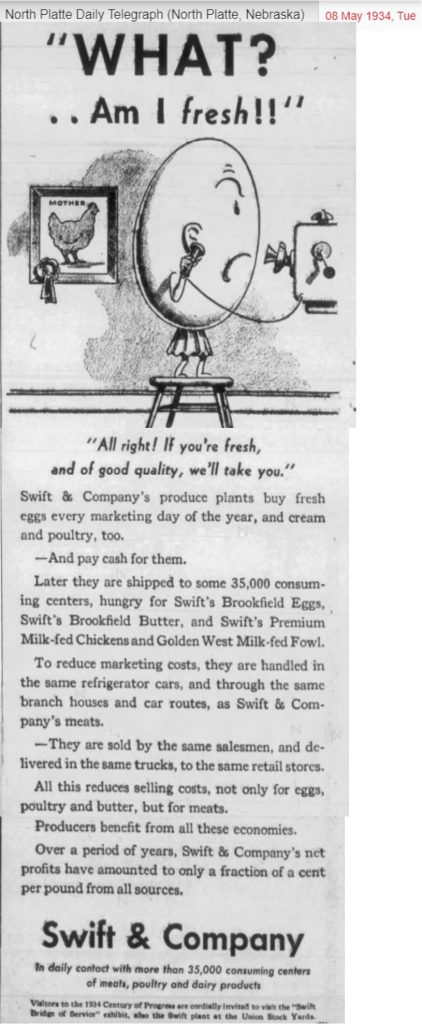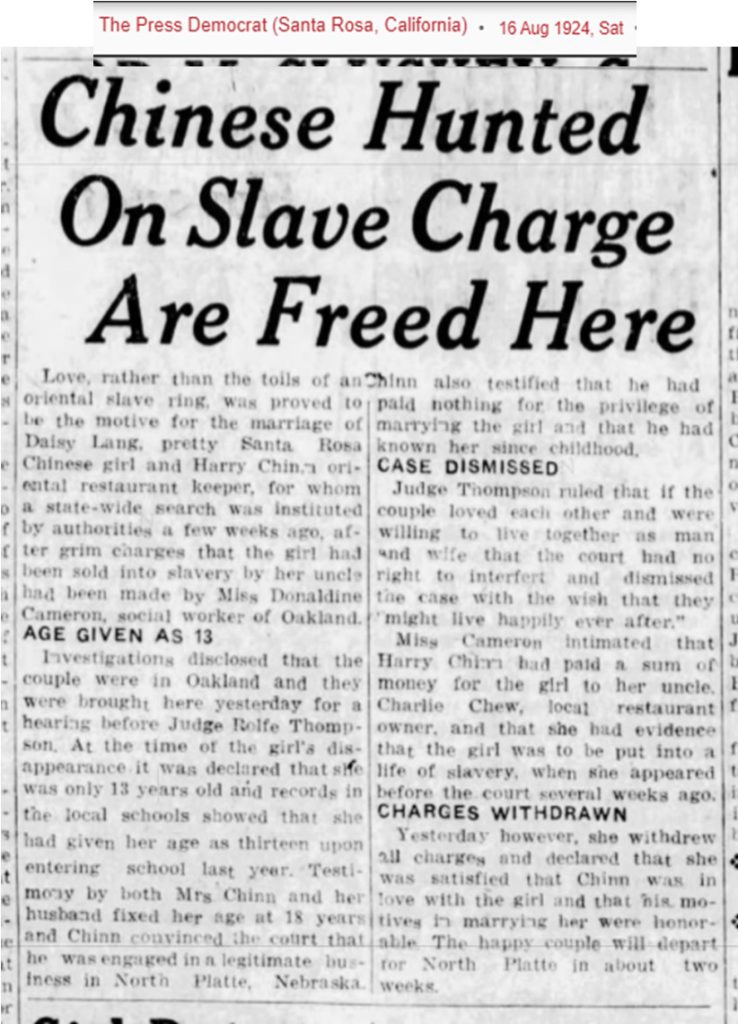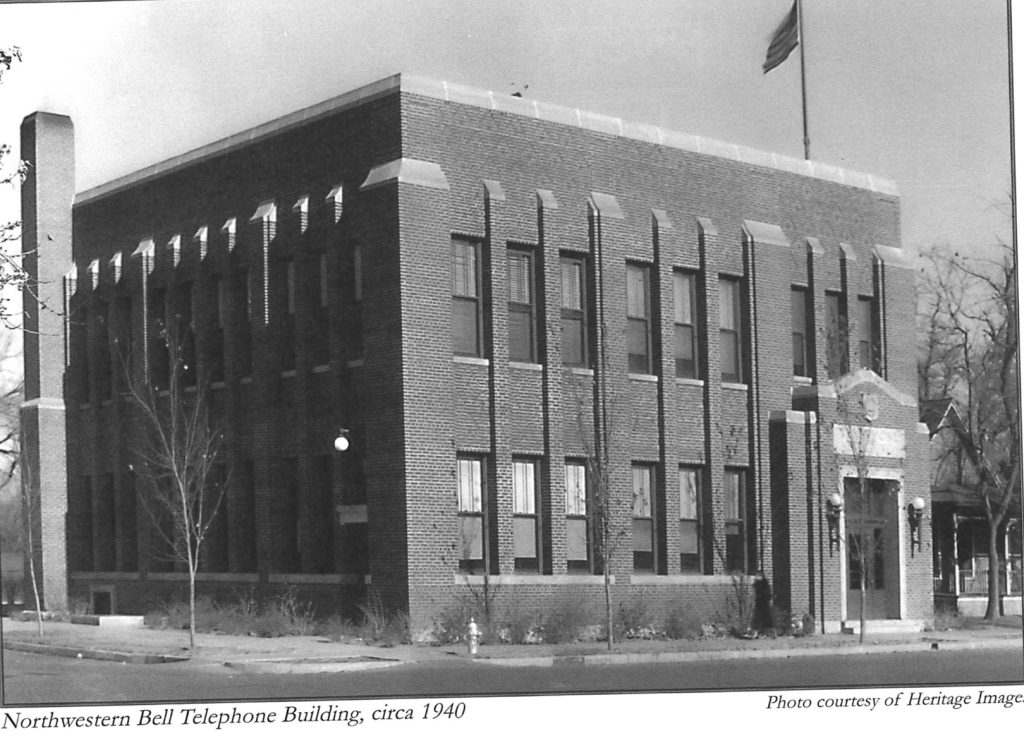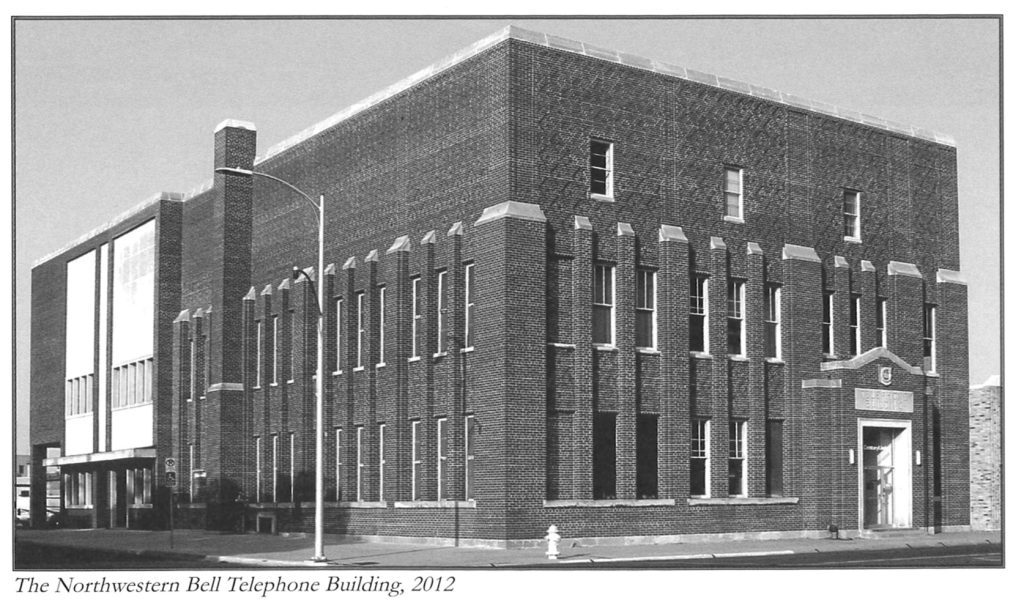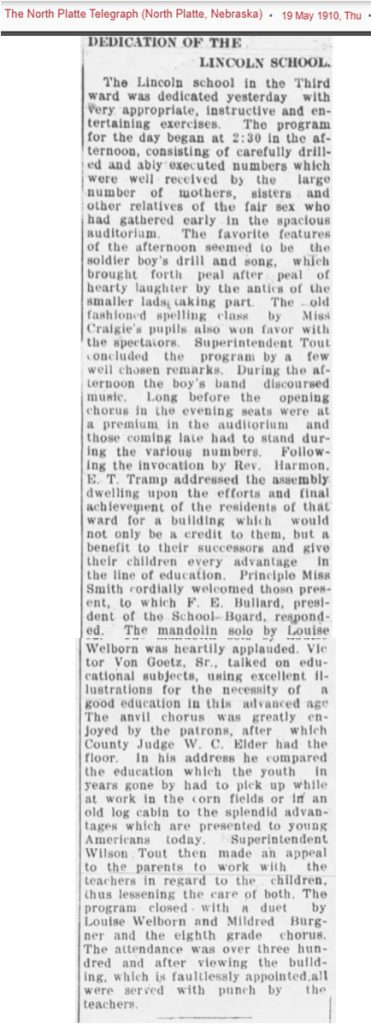Originally published to facebook.com/NorthPlattePL on March 11, 2022.
Today’s Facebook Friday post is about the man who many early businessmen regarded as the “father of North Platte.” Enjoy!
Please note that much of this post comes from the obituary and biographical sketch of Charles McDonald in “An Illustrated History of Lincoln County, Nebraska and Her People, Volume II” by Ira Bare. The American Historical Society. 1920.
One of the earliest pioneers to come and establish a life in Lincoln County was Charles McDonald. His contributions to the establishment of North Platte and Lincoln County are quite noteworthy in the history of the area.
Charles McDonald was born near Morristown, Tennessee on October 25, 1826. He was the son of Alexander and Mary (McClister) McDonald.
Charles ancestors were quite interesting. Charles paternal great grandfather, Alexander B McDonald (1736-1811) was born in Virginia and served in the 1st Virginia Militia during the Revolutionary War. And, his maternal grandfather, James McClister, also fought in Revolutionary War. According to the Illustrated History of Lincoln County, James McClister served with General Washington’s army when it crossed the Delaware, before the battle of Trenton.
Charles remained with his family until his twenty third year, in Tennessee. He worked on the family farm during the summer, and attended the old-fashioned district school during the winter months. In total, he was schooled, no more than three years. He then went to farming on his own account.
In 1855, Charles moved from Tennessee to Nebraska. By July 1855, Charles settled a claim on Turkey Creek, Pawnee county. This became the present day Pawnee City, Nebraska.
Charles was politically active and was a member of the Second Nebraska Territorial Assembly in 1856; was a member of the Territorial Council, serving two terms. He was also elected to the Fifth Territorial Council, from which he resigned his seat.
On October 14, 1858, Charles married Orra B. Henry in Omaha, Nebraska. Orra was the daughter of Anan and Lydia (Swift) Henry. We will be highlighting Orra B McDonald and their children in a future Facebook Friday post. Charles and Orra had seven children:
- Frank McDonald (1860-1906). Born in Fort Kearney, Nebraska.;
- William H. (1861-1961). First white child born in Lincoln County. Married to Minnie Belton;
- Nettie V. (1865-1942). Married to Wm C. Reynolds;
- Charles A. (1867-1894). Married to Harriet L. Diver;
- James B, (1869-1967). Married to Emily Houska; and,
- George W. (1872-1895);
- Callie E. (1875-1910). Married to Frank L. Mooney.
On January 15, 1860, Charles came to Shorter County (present day Lincoln County) which he helped to organize. In those early days, Charles actually lived at Cottonwood Springs (near present-day Maxwell, Nebraska), where he and his wife, operated a ranch and a Trading Post/General store.
As one of the first pioneers in the County, Charles McDonald was elected as the county’s first judge. On July 10, 1860, he performed the marriage ceremony and issued the first marriage license in Lincoln County. He also held the office of county clerk for one term. Politically, Mr. McDonald was affiliated with the Democratic Party.
Charles sold out his property at Cottonwood Springs to the United States Government for $6,000. The land was then then converted into Fort McPherson, a military post. Charles then moved to North Platte on April 24, 1872 and lived out the rest of his life here in the community he helped establish. Charles was elected as county school superintendent, and served two terms. He later was elected county commissioner and served for one term. In 1873, he opened a general merchandise store in North Platte, continuing in such business until January 1909. He was also a large land owner, having several hundred acres of the best land in the county.
In 1878, he established a bank at North Platte. It was a private institution known as the Bank of Charles McDonald. In 1902, it was incorporated into McDonald State Bank. Charles was the Bank President until his death in 1919. After his death, Charles son, William H. McDonald, was promoted from Vice President to Bank President.
Charles was involved in several civic organizations and was a charter member and officer in most of the following North Platte organizations:
• Platte Valley Lodge No. 22, Ancient Free and Accepted Masons,
• Euphrates Chapter No. 15 of the Royal Arch Masons,
• Palestine Commandery Lodge No 985; and
• Benevolent and Protective Order of Elks
Charles McDonald was raised in the Cumberland Presbyterian Church (a more conservative branch of Presbyterianism), but there being no such denomination here, he attended the Presbyterian Church in North Platte. He also attended the Methodist Episcopal Church, of which his wife, Orra was a member.
Charles McDonald died on April 22, 1919 at 8:30PM from pneumonia. He is buried in the North Platte Cemetery.
Future Facebook Friday posts will be featuring: Orra B. (Henry) McDonald, the McDonald children, and the McDonald State Bank.
Thank you for reading!
#NPHistoryArchives






